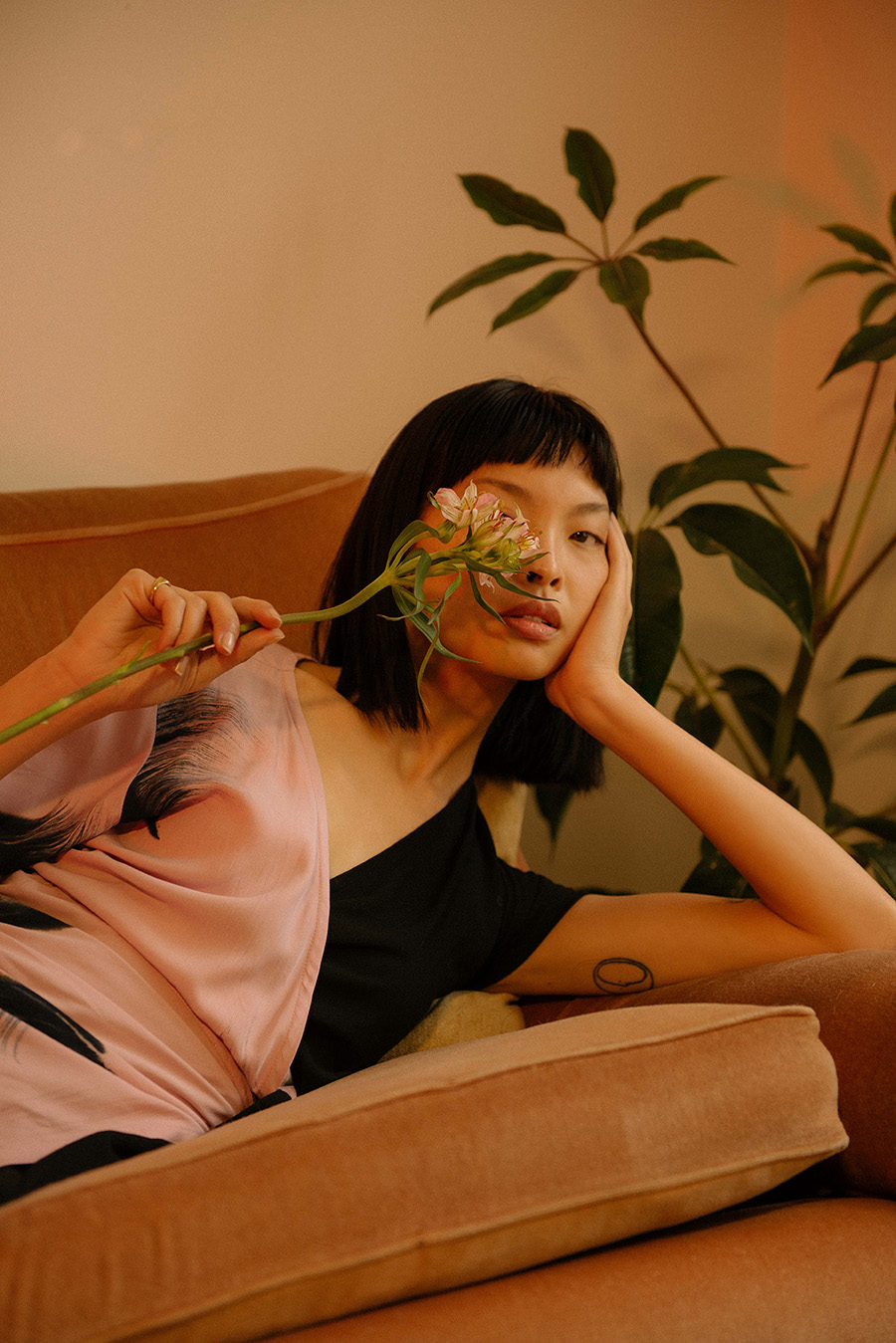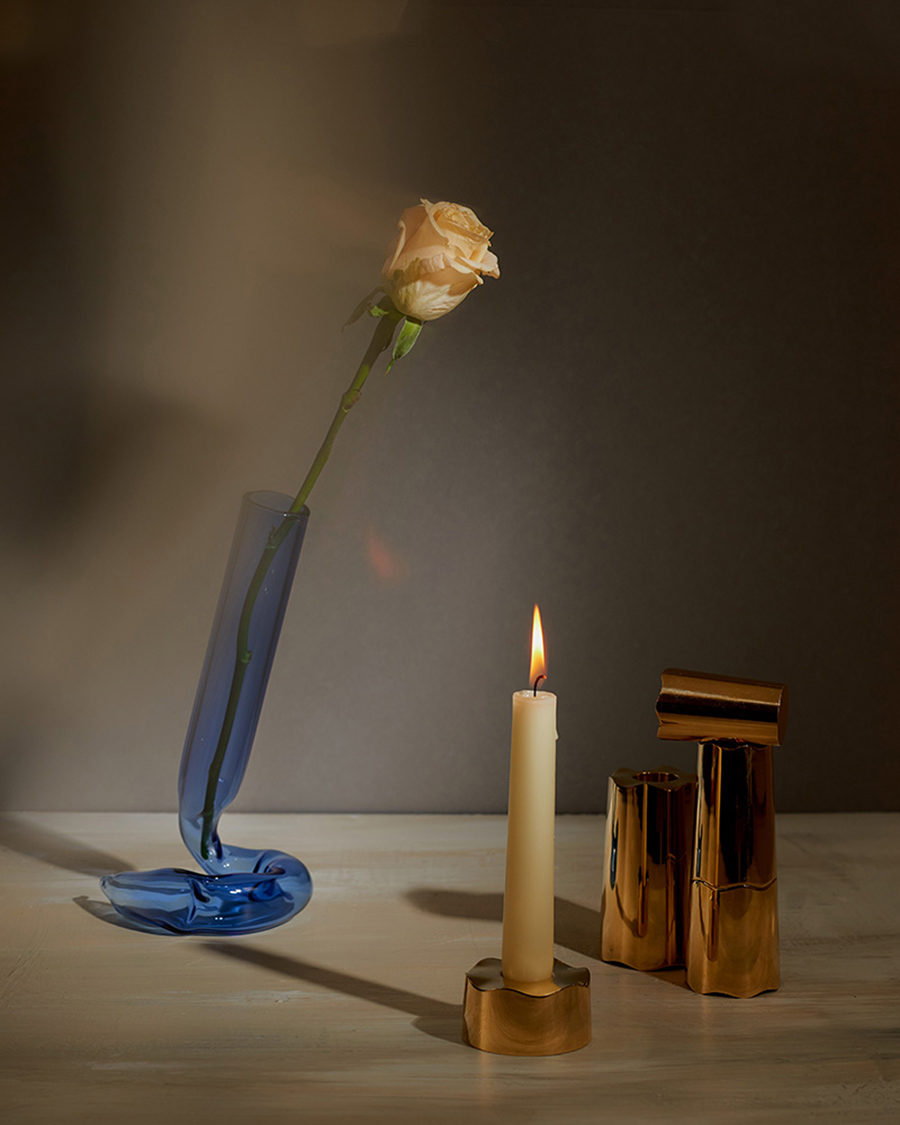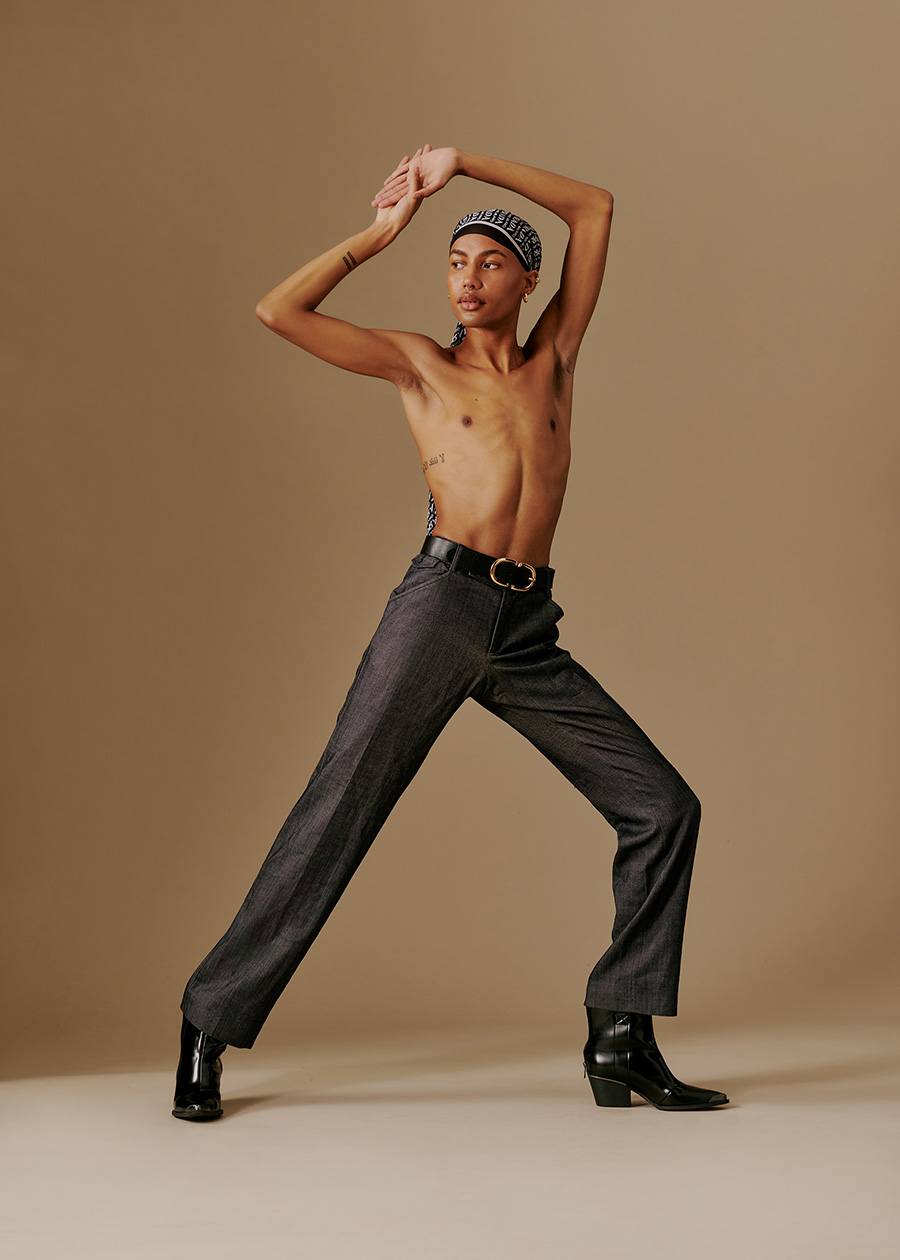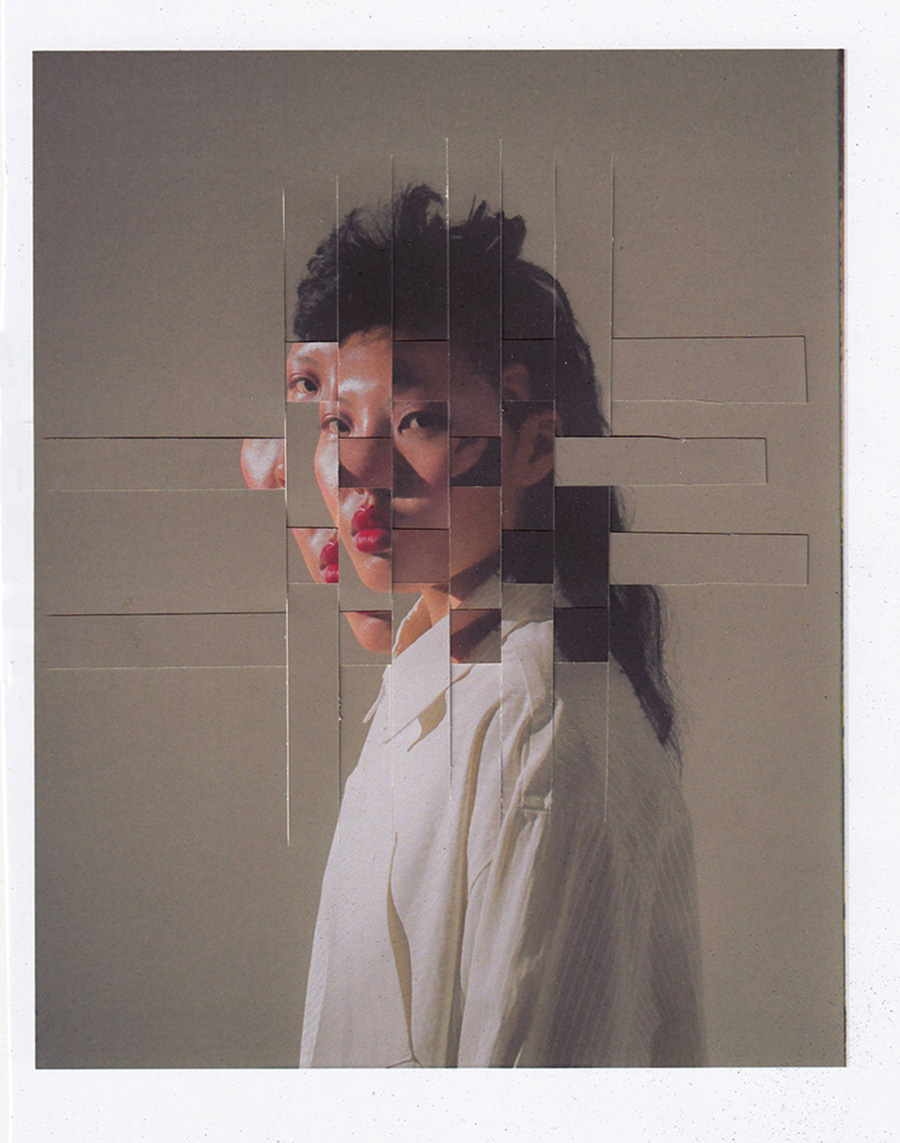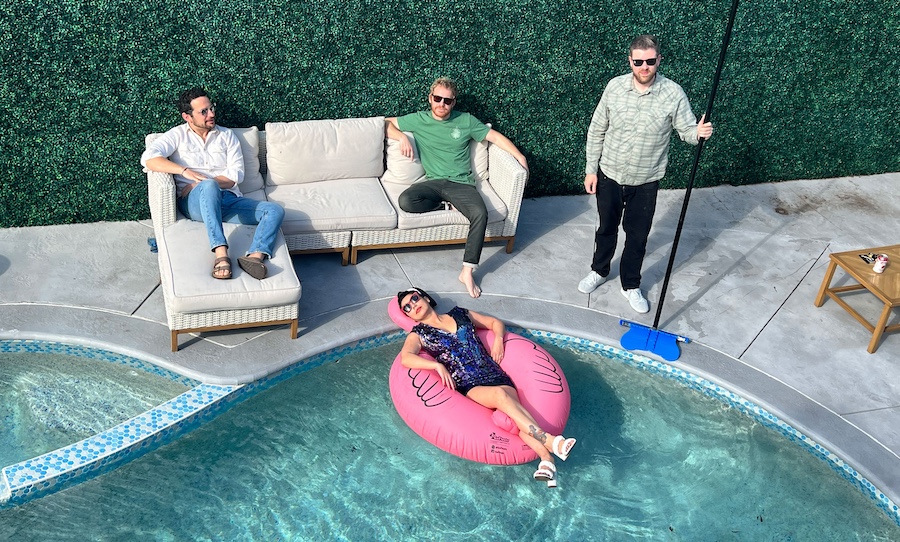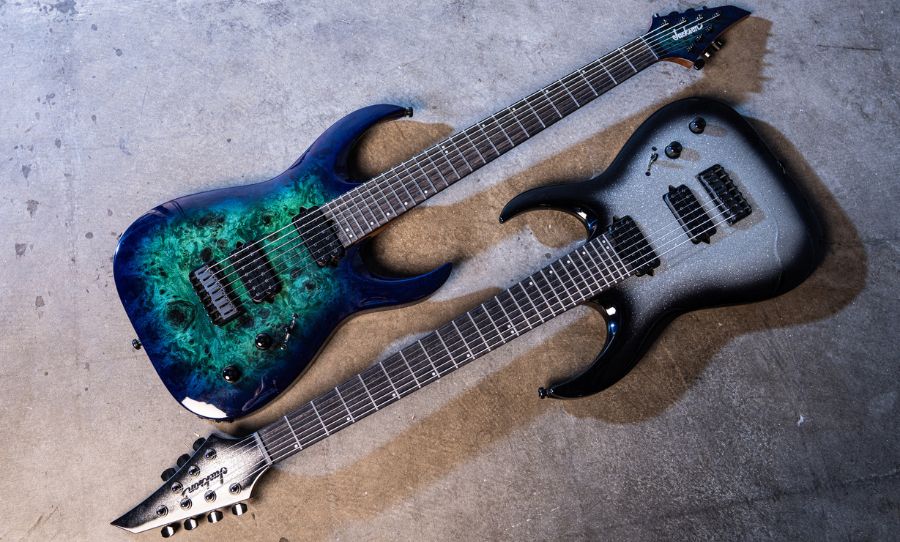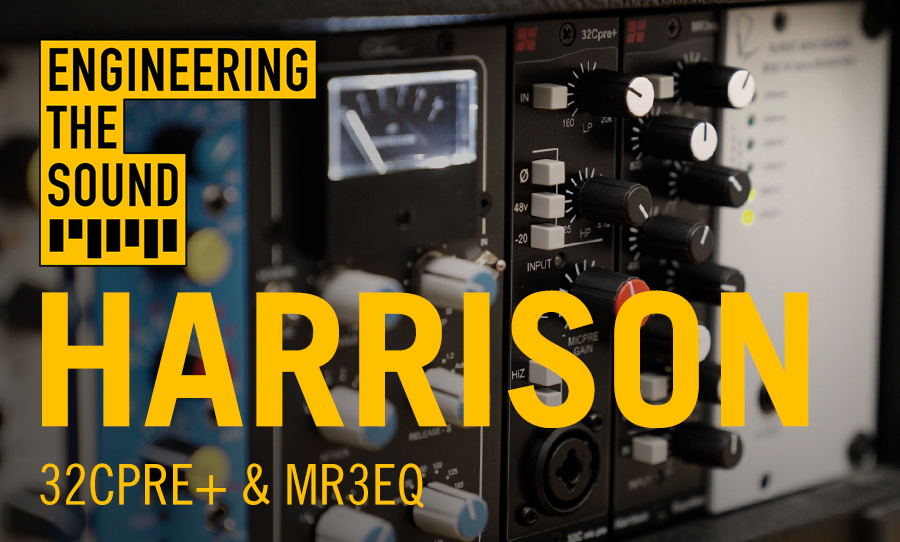From her still life portraits to her commercial work for Adidas, Cotton On, and MECCA, Jess Brohier is a chameleon who understands how to navigate the often murky waters of artistic liberty.
Quite literally the modern painting, photographs confront the viewer with brutal honesty – from pointing out the worst of humanity to highlighting unsung moments that would never have seen the light of day. Photographers throw themselves into their work, never giving up until the perfect shot – the perfect moment – is frozen in time.
Melbourne-based photographer Jess Brohier understands this all too well. When she’s not shooting campaigns for fashion brands, Brohier is working to develop her craft on an artistic level. And with her vast experience in personal and commercial photography, Brohier’s approach to the medium is something that is uniquely her.
In the past year, the photographer and art director has been working with her friend on a project which seeks to push the boundaries of body image. Positioning her models amongst floral arrangements, the images promise to showcase female-identifying people in all their beautifully natural glory.
